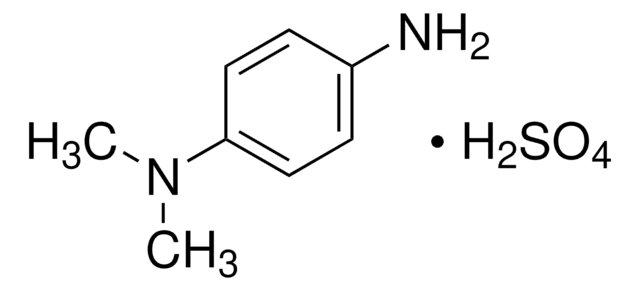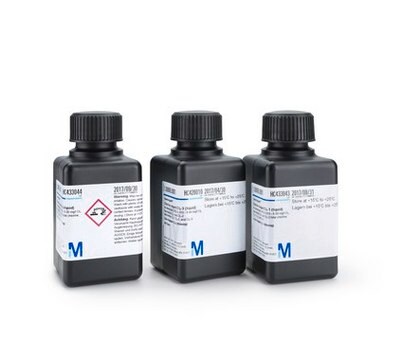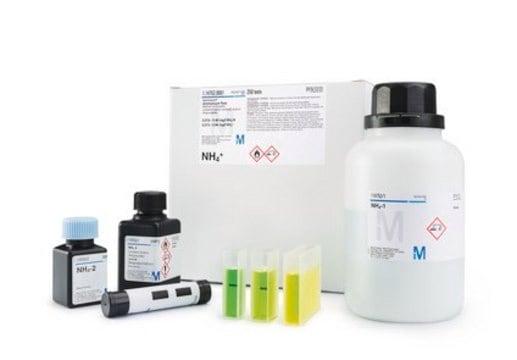Key Documents
261513
N,N-Diethyl-p-phenylenediamine
97%
Synonim(y):
4-Amino-N,N-diethylaniline
About This Item
Polecane produkty
Poziom jakości
Próba
97%
współczynnik refrakcji
n20/D 1.571 (lit.)
tw
115-116 °C/5 mmHg (lit.)
mp
19-21 °C (lit.)
rozpuszczalność
water: insoluble
gęstość
0.988 g/mL at 25 °C (lit.)
ciąg SMILES
CCN(CC)c1ccc(N)cc1
InChI
1S/C10H16N2/c1-3-12(4-2)10-7-5-9(11)6-8-10/h5-8H,3-4,11H2,1-2H3
Klucz InChI
QNGVNLMMEQUVQK-UHFFFAOYSA-N
Szukasz podobnych produktów? Odwiedź Przewodnik dotyczący porównywania produktów
Powiązane kategorie
Opis ogólny
Zastosowanie
Hasło ostrzegawcze
Danger
Zwroty wskazujące rodzaj zagrożenia
Zwroty wskazujące środki ostrożności
Klasyfikacja zagrożeń
Acute Tox. 3 Oral - Eye Dam. 1 - Skin Corr. 1B
Kod klasy składowania
6.1A - Combustible acute toxic Cat. 1 and 2 / very toxic hazardous materials
Klasa zagrożenia wodnego (WGK)
WGK 3
Temperatura zapłonu (°F)
282.2 °F - closed cup
Temperatura zapłonu (°C)
139 °C - closed cup
Środki ochrony indywidualnej
Faceshields, Gloves, Goggles, type ABEK (EN14387) respirator filter
Wybierz jedną z najnowszych wersji:
Masz już ten produkt?
Dokumenty związane z niedawno zakupionymi produktami zostały zamieszczone w Bibliotece dokumentów.
Klienci oglądali również te produkty
Nasz zespół naukowców ma doświadczenie we wszystkich obszarach badań, w tym w naukach przyrodniczych, materiałoznawstwie, syntezie chemicznej, chromatografii, analityce i wielu innych dziedzinach.
Skontaktuj się z zespołem ds. pomocy technicznej










